How big data helps you get to your destination
On average, humanity generates 2.5 billion gigabytes of data per day. According to forecasts of analytical companies, the amount of data generated annually will reach 43 trillion gigabytes by 2020. Among all this information: tweets, reposts and videos, there is one that many companies use to develop services.
People have already found use in big marketing data to evaluate customer desires. Big Data is also used in medicine to improve diagnostics and in the banking environment to create personalized offers. Big data is also used in the automotive field, helping drivers quickly reach their destination. How? We will talk about this today.

Welcome on board! / WayRay image
Data helps drivers get to their destination in the truest sense of the word. We are talking about navigators - they build the shortest route without traffic jams and road works.
Navigators every few seconds send their coordinates to the application provider system. Based on the received data, the algorithm builds a track, that is, a route with information about the speed of movement. Based on the amount of tracks received from a variety of drivers, and there is a detection of congestion.


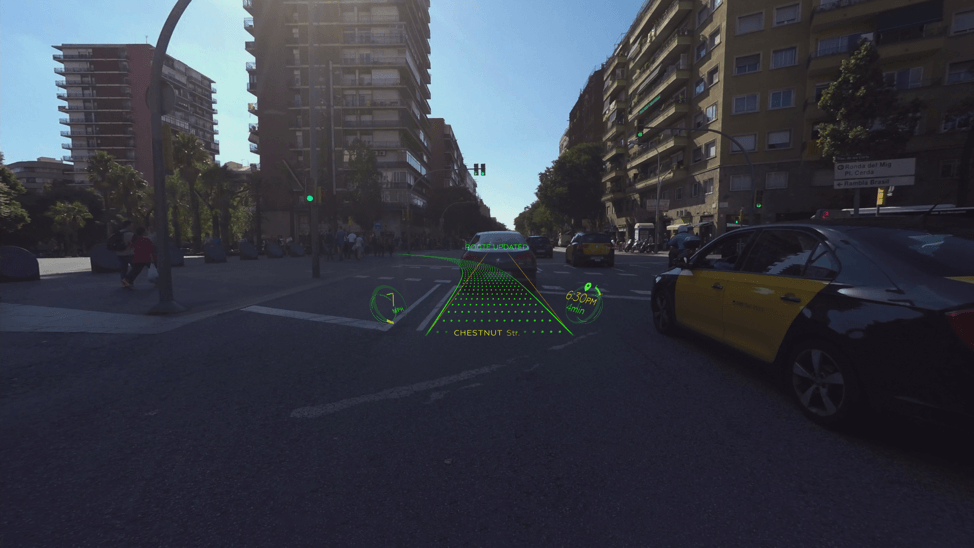
Cars are part of the network and form a steady stream of information. At the same time, they can exchange data with the surrounding infrastructure. CCTV cameras installed at intersections in the city can also be used to determine traffic congestion. Researchers are working on various options for implementing such solutions.
For example, to create a “car-car” and “car-infrastructure” type of communication, scientists suggest using On-Board Units (OBU) modules, which determine the position of the car and speed in limited time intervals. This information will be sent to the RSU (Roadside Unit), and then to the clusters responsible for data aggregation and processing.
Clusters accept API data and interpret. For example, if several users of the navigator application are moving at a low speed in one area, the system understands that movement on it is difficult. You can read more about one of the proposed algorithms here .
Users can also independently send data to the service: information about accidents, repairs, pits on the road, etc. The aggregator collects the information received into a single picture and comparing the data with GPS coordinates, puts down the road congestion points. Based on this data, navigation routes are being built.
When the route is built, the application monitors it to refresh information about the situation on the way. The algorithm is responsible for building a route that would be free from traffic jams. If there is a traffic jam on the route, the algorithm searches for another road. If there are no alternative options (even with traffic jams, but faster ones), the route remains the same. A simplified form of this algorithm is presented below:

A block diagram of a variant of the algorithm for monitoring the route
Scientists believe that the accuracy of such systems will increase significantly when all or almost all cars begin to communicate with each other and exchange data. In the future, they will change the rules of behavior on the road. This view is shared by Tim Lomax, an analyst at the Texas A & M Transportation Institute.
“If cars start to“ communicate ”with each other, we will not need traffic lights, says Tim. “The car, approaching the intersection, will announce its intention to cross it, and the surrounding vehicles will know how to avoid a collision.” Lomax says that this will be a step towards the widespread use of unmanned vehicles.
Unmanned vehicles are another area in which big data can have a significant impact. Unmanned vehicles are part of the Internet of Things and lead to an increase in the number of data generated. To build a route, the autopilot must understand which roads will have to go, and what he will meet on the way. For this, cars, in addition to their own sensors, draw information from the so-called environment maps. In the future, this list will be replenished with other members of the movements and infrastructure elements: traffic lights, buildings, even trees.
In total, there are six levels of vehicle automation, where 0 means fully manual control in all modes, and 5 means fully autonomous vehicles. At the second level, the system makes decisions on acceleration / deceleration and control in relatively simple conditions (for example, streaming traffic on the highway), but the driver must constantly monitor the situation and be ready to take control at any second. The third and fourth levels imply that the car is able to drive independently, but in difficult situations (for example, in cities with heavy traffic), the system involves switching to manual control or, at the fourth level, will offer it to do so. At the fifth level, driver intervention is not required in any situations.
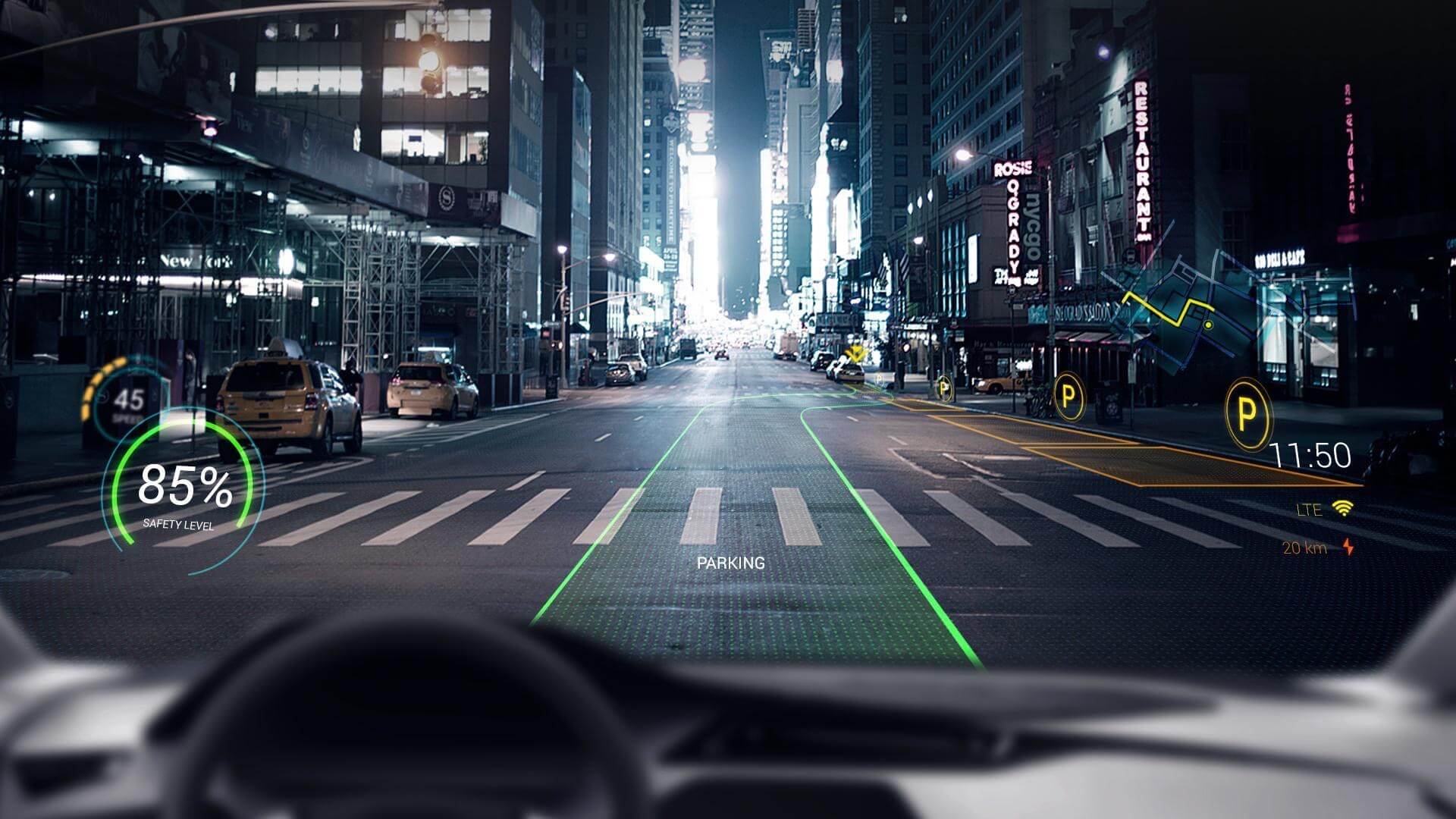
WayRay image
Today, researchers are working on the transition from the second level to the third. For example, Google has been testing its unmanned vehicles as part of the Waymo project for several years now. The company Tesla since 2015 equips cars with autopilot, capable of driving on highways and autobahns. Apple and Mercedes are also working in this direction, while Honda, Nissan and Toyota are planning to introduce autonomous vehicles by 2020.
The cars of these companies can be considered autonomous, but so far they do not exchange data with other road users and infrastructure. When this happens, we can assume that the transition to the next level of automation is already close.
Automakers are gradually turning cars (not even unmanned vehicles) into Internet of Things objects. "Big gadgets" get access to the network and synchronize with each other. At the factories, Wi-Fi, GPS navigation, e-mail, and others are built into cars. According to expert estimates, by 2020, the market for services for connected cars will reach $ 40 billion.
For example, Land Rover is working on connected cars. They created a system from an array of sensors that determine the moment when the car runs into a pothole. The collected data is then sent to local road services so that they can quickly react and repair the “hole”, and other vehicles that warn drivers of danger and prepare the suspension for a possible impact. The company claims that the system is also capable of defining broken manholes and storm grids. Similar developments are engaged in the company Volvo. Only in their case, the technology determines the condition of the road surface and warns other drivers about the presence of slippery areas.
With the development of these technologies, companies plan to become one step closer to the development of autonomous cars. “In the future, we want to create systems that will automatically drive the car past the pits on the road without leaving the lane,” says Mike Bell, director of the department for the development of connected cars at Land Rover. “If the pothole is big, the machine will slow down to a stop to reduce the damage caused by the impact.”
Now the team is working on a system for Range Rover cars, but in the future, the data will be transmitted to the receivers of all online transport. JLR has already teamed up with Ford to test connected car communication systems.
According to company representatives, they hope to create an ecosystem of self-learning cars. When the car knows what the driver wants from it, it will be more useful. If the car "sees" that you are approaching the supermarket, it can tell you what products you need to buy home. However, while such technologies exist only on paper or are in the early stages of their development.
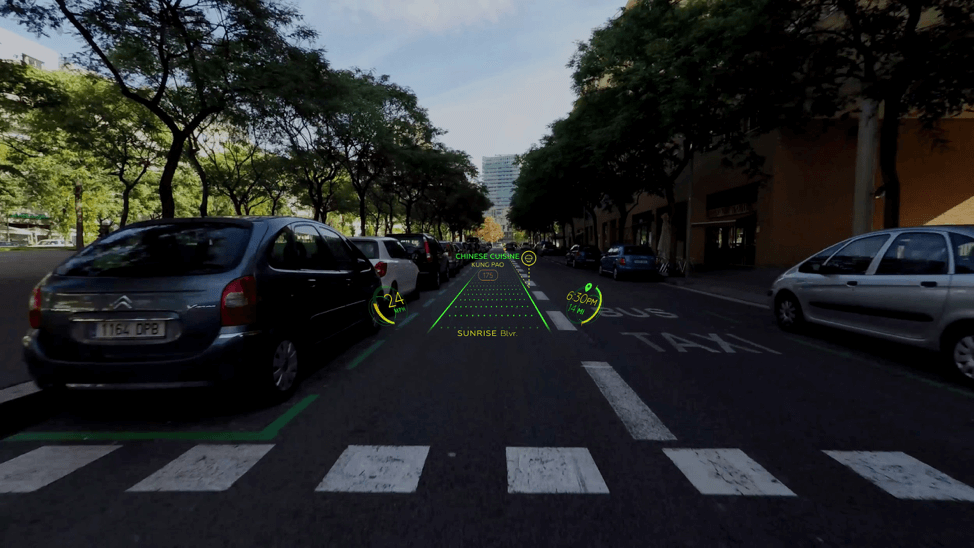
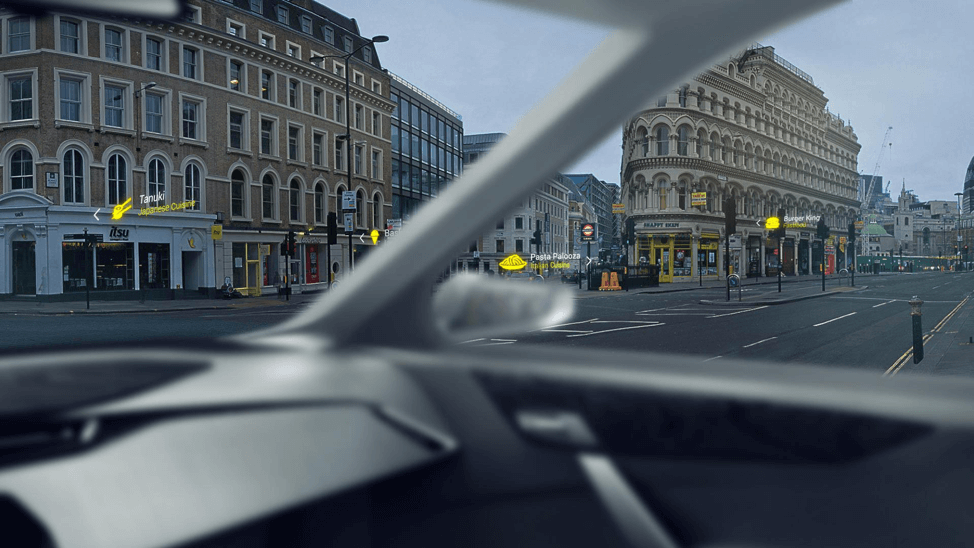
And although the car can not be reminded of the trip to the store, he is able to report that it is time to call in to the service station. Special devices that are connected to diagnostic ports, communicate with the application on the smartphone and transfer data about the condition of the vehicle to the manufacturer. They track the occurrence of faults, track mileage. All this helps the vendor to work for the future and improve the driving experience.

According to McKinsey's estimates, the wearable device market for cars will grow to $ 215 billion by 2020. And it offers solutions not only for monitoring vehicle components, but also for assessing the condition of the driver. For example, our system Element. This is a small gadget that connects to the OBD-II port and collects and analyzes vehicle data and vehicle data. Finding out what kind of driver you are, other than how to hear the passenger (or other road user), is difficult. Element allows you to do just that - additionally generates reports on your "behavior on the road."

The device communicates with the application on the smartphone on 3G UMTS / HSPA 850/1900 MHz. Networks of telecommunication operators provide access to the service in 24/7 format. For example, in the US, the operator was a B2B company Orange Business Services.
The service reports information about the distance traveled and the average speed. Also can tell the driver about how much time he spent behind the wheel. The application sends notifications only after the trip is over, because we do not want to distract the user from the road once again.
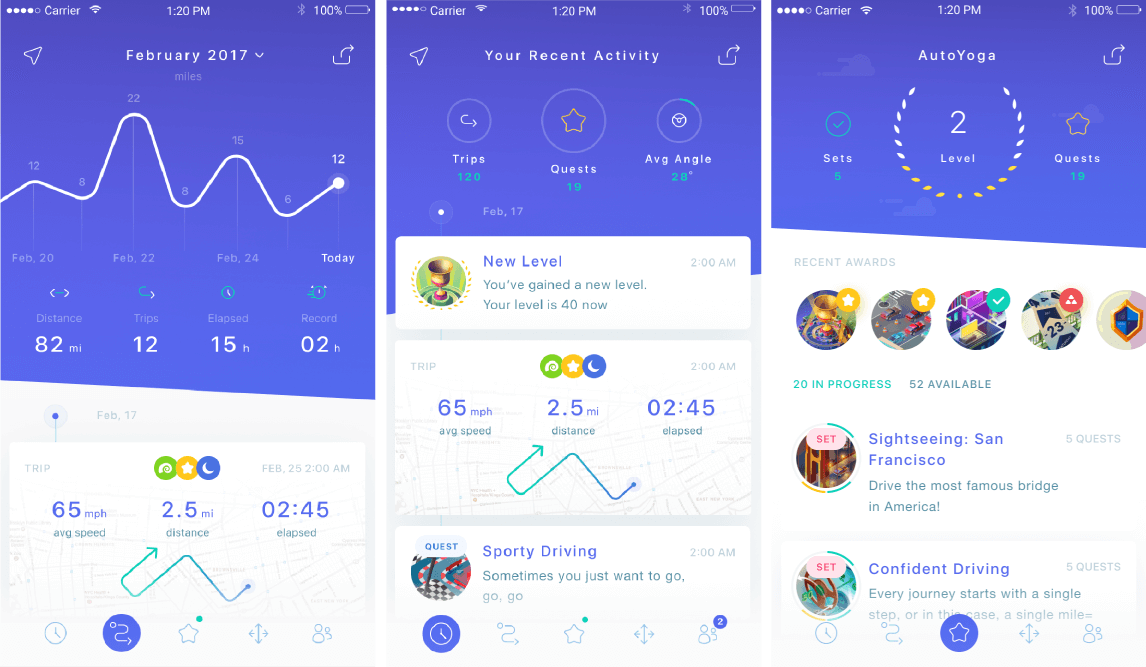
Some of the information the gadget calculates based on the readings of the sensors: a gyroscope and an accelerometer. The collected data, which is stored in digital form, uses the Autoyoga entertainment application - it allows you to complete quests related to finding new routes. In the future, the application will give small tips and recommendations for improving driving style.
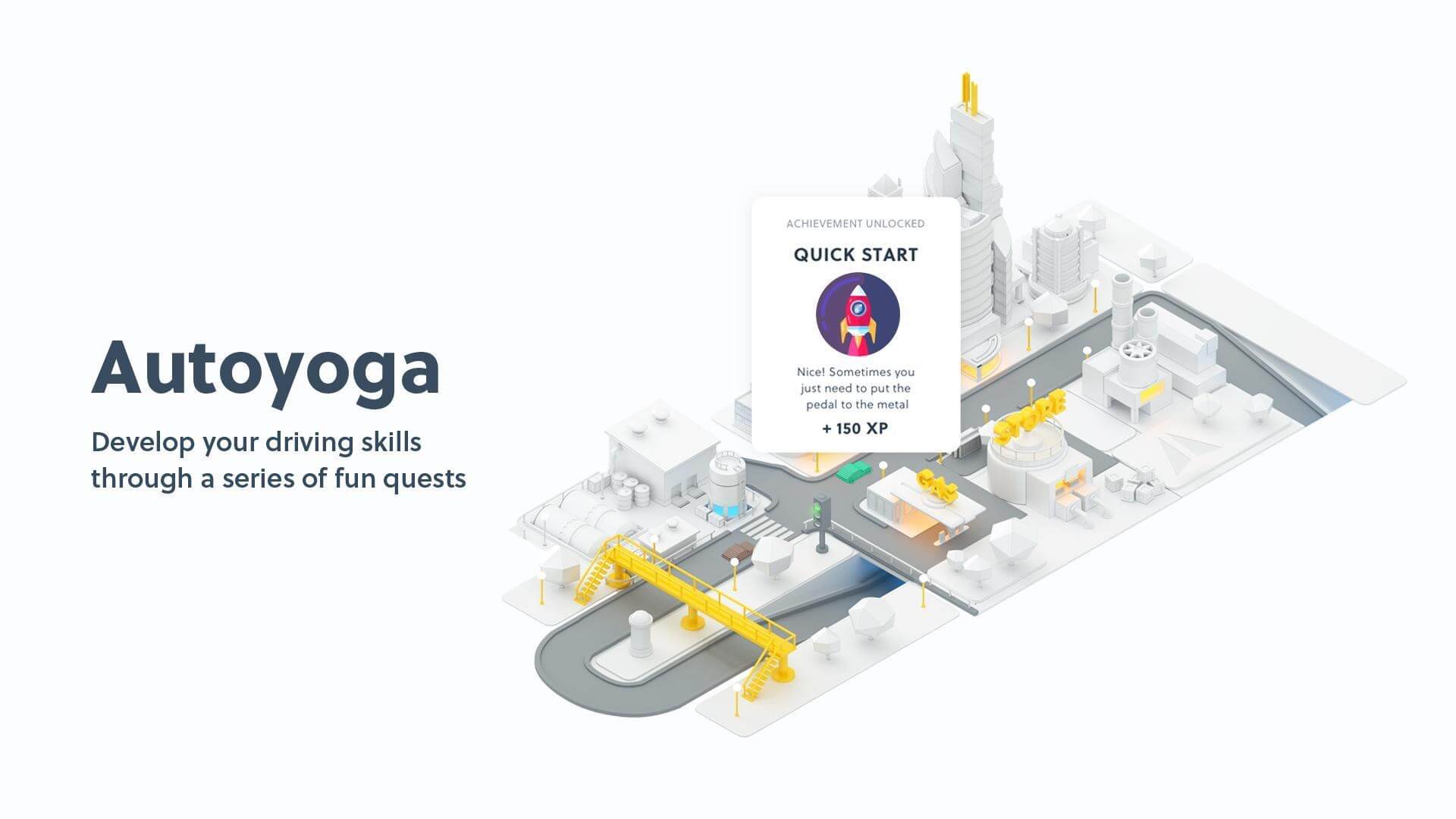
The market for on-board diagnostics will grow by almost 17% over the next few years. According to Vitaly Ponomarev, CEO of WayRay, such decisions will take another step towards connected cars: their market is already growing ten times faster than the entire automotive market as a whole.
People have already found use in big marketing data to evaluate customer desires. Big Data is also used in medicine to improve diagnostics and in the banking environment to create personalized offers. Big data is also used in the automotive field, helping drivers quickly reach their destination. How? We will talk about this today.

Welcome on board! / WayRay image
Helps to bypass traffic jams
Data helps drivers get to their destination in the truest sense of the word. We are talking about navigators - they build the shortest route without traffic jams and road works.
Navigators every few seconds send their coordinates to the application provider system. Based on the received data, the algorithm builds a track, that is, a route with information about the speed of movement. Based on the amount of tracks received from a variety of drivers, and there is a detection of congestion.



Cars are part of the network and form a steady stream of information. At the same time, they can exchange data with the surrounding infrastructure. CCTV cameras installed at intersections in the city can also be used to determine traffic congestion. Researchers are working on various options for implementing such solutions.
For example, to create a “car-car” and “car-infrastructure” type of communication, scientists suggest using On-Board Units (OBU) modules, which determine the position of the car and speed in limited time intervals. This information will be sent to the RSU (Roadside Unit), and then to the clusters responsible for data aggregation and processing.
Clusters accept API data and interpret. For example, if several users of the navigator application are moving at a low speed in one area, the system understands that movement on it is difficult. You can read more about one of the proposed algorithms here .
Users can also independently send data to the service: information about accidents, repairs, pits on the road, etc. The aggregator collects the information received into a single picture and comparing the data with GPS coordinates, puts down the road congestion points. Based on this data, navigation routes are being built.
When the route is built, the application monitors it to refresh information about the situation on the way. The algorithm is responsible for building a route that would be free from traffic jams. If there is a traffic jam on the route, the algorithm searches for another road. If there are no alternative options (even with traffic jams, but faster ones), the route remains the same. A simplified form of this algorithm is presented below:

A block diagram of a variant of the algorithm for monitoring the route
Scientists believe that the accuracy of such systems will increase significantly when all or almost all cars begin to communicate with each other and exchange data. In the future, they will change the rules of behavior on the road. This view is shared by Tim Lomax, an analyst at the Texas A & M Transportation Institute.
“If cars start to“ communicate ”with each other, we will not need traffic lights, says Tim. “The car, approaching the intersection, will announce its intention to cross it, and the surrounding vehicles will know how to avoid a collision.” Lomax says that this will be a step towards the widespread use of unmanned vehicles.
Themselves take to the place
Unmanned vehicles are another area in which big data can have a significant impact. Unmanned vehicles are part of the Internet of Things and lead to an increase in the number of data generated. To build a route, the autopilot must understand which roads will have to go, and what he will meet on the way. For this, cars, in addition to their own sensors, draw information from the so-called environment maps. In the future, this list will be replenished with other members of the movements and infrastructure elements: traffic lights, buildings, even trees.
In total, there are six levels of vehicle automation, where 0 means fully manual control in all modes, and 5 means fully autonomous vehicles. At the second level, the system makes decisions on acceleration / deceleration and control in relatively simple conditions (for example, streaming traffic on the highway), but the driver must constantly monitor the situation and be ready to take control at any second. The third and fourth levels imply that the car is able to drive independently, but in difficult situations (for example, in cities with heavy traffic), the system involves switching to manual control or, at the fourth level, will offer it to do so. At the fifth level, driver intervention is not required in any situations.

WayRay image
Today, researchers are working on the transition from the second level to the third. For example, Google has been testing its unmanned vehicles as part of the Waymo project for several years now. The company Tesla since 2015 equips cars with autopilot, capable of driving on highways and autobahns. Apple and Mercedes are also working in this direction, while Honda, Nissan and Toyota are planning to introduce autonomous vehicles by 2020.
The cars of these companies can be considered autonomous, but so far they do not exchange data with other road users and infrastructure. When this happens, we can assume that the transition to the next level of automation is already close.
Help to understand the situation
Automakers are gradually turning cars (not even unmanned vehicles) into Internet of Things objects. "Big gadgets" get access to the network and synchronize with each other. At the factories, Wi-Fi, GPS navigation, e-mail, and others are built into cars. According to expert estimates, by 2020, the market for services for connected cars will reach $ 40 billion.
For example, Land Rover is working on connected cars. They created a system from an array of sensors that determine the moment when the car runs into a pothole. The collected data is then sent to local road services so that they can quickly react and repair the “hole”, and other vehicles that warn drivers of danger and prepare the suspension for a possible impact. The company claims that the system is also capable of defining broken manholes and storm grids. Similar developments are engaged in the company Volvo. Only in their case, the technology determines the condition of the road surface and warns other drivers about the presence of slippery areas.
With the development of these technologies, companies plan to become one step closer to the development of autonomous cars. “In the future, we want to create systems that will automatically drive the car past the pits on the road without leaving the lane,” says Mike Bell, director of the department for the development of connected cars at Land Rover. “If the pothole is big, the machine will slow down to a stop to reduce the damage caused by the impact.”
Now the team is working on a system for Range Rover cars, but in the future, the data will be transmitted to the receivers of all online transport. JLR has already teamed up with Ford to test connected car communication systems.
According to company representatives, they hope to create an ecosystem of self-learning cars. When the car knows what the driver wants from it, it will be more useful. If the car "sees" that you are approaching the supermarket, it can tell you what products you need to buy home. However, while such technologies exist only on paper or are in the early stages of their development.


And although the car can not be reminded of the trip to the store, he is able to report that it is time to call in to the service station. Special devices that are connected to diagnostic ports, communicate with the application on the smartphone and transfer data about the condition of the vehicle to the manufacturer. They track the occurrence of faults, track mileage. All this helps the vendor to work for the future and improve the driving experience.

According to McKinsey's estimates, the wearable device market for cars will grow to $ 215 billion by 2020. And it offers solutions not only for monitoring vehicle components, but also for assessing the condition of the driver. For example, our system Element. This is a small gadget that connects to the OBD-II port and collects and analyzes vehicle data and vehicle data. Finding out what kind of driver you are, other than how to hear the passenger (or other road user), is difficult. Element allows you to do just that - additionally generates reports on your "behavior on the road."

The device communicates with the application on the smartphone on 3G UMTS / HSPA 850/1900 MHz. Networks of telecommunication operators provide access to the service in 24/7 format. For example, in the US, the operator was a B2B company Orange Business Services.
The service reports information about the distance traveled and the average speed. Also can tell the driver about how much time he spent behind the wheel. The application sends notifications only after the trip is over, because we do not want to distract the user from the road once again.

Some of the information the gadget calculates based on the readings of the sensors: a gyroscope and an accelerometer. The collected data, which is stored in digital form, uses the Autoyoga entertainment application - it allows you to complete quests related to finding new routes. In the future, the application will give small tips and recommendations for improving driving style.

The market for on-board diagnostics will grow by almost 17% over the next few years. According to Vitaly Ponomarev, CEO of WayRay, such decisions will take another step towards connected cars: their market is already growing ten times faster than the entire automotive market as a whole.
All Articles